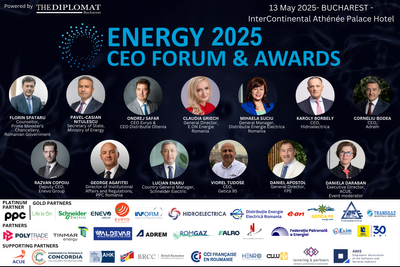Holoride deploys Elrond blockchain and NFTs in prep for 2022 market launch

Holoride, the Audi spinoff that’s creating an in-vehicle XR passenger entertainment experience, is deploying blockchain technology and NFTs as the next stage in its preparation for a 2022 market launch.
The company, which closed a $12 million Series A in April, announced it would be integrating Elrond blockchain into its tech stack to bring transparency to its ecosystem of car manufacturers and content creators. Holoride hopes to use NFTs, or non-fungible tokens, to incentivize developers into creating more content on holoride’s platform for the promise of more money earned off token purchases, and to attract passengers who want to personalize their in-car experience.

“Blockchain… NFTs… is holoride just trying to be internet trendy? Maybe, but the blockchain integration at least has been in the works for the past year,” says Holoride CEO and founder Nils Wollny.
Holoride’s immersive in-vehicle media platform doesn’t need blockchain to function. Its passenger experiences sync to the real-time motion and location-based data of the vehicle, so content adjusts to vehicle motion (meaning no motion sickness!). Where blockchain plays a role is to help holoride fairly and transparently distribute content and compensate developers based on user engagement time and value distribution.
“We said we want to connect all our ecosystem partners in a very fair and transparent manner from the beginning, and blockchain technology delivers exactly on that,” Wollny told TechCrunch. “Every transaction and engagement can be stored in the blockchain. For car manufacturers, they can see how much time was spent with holoride experiences in their cars, and for content creators it’s transparent on how much time was spent with their title they have created for our platform.”
NFTs are unique digital tokens that have a marked place on the blockchain and cannot be replaced with anything else. Most NFTs are part of Ethereum’s blockchain, but holoride’s will be supported by Elrond’s blockchain.
Wollny hopes the enticement of buying or collecting NFTs while immersed in holoride’s experiences will lead to more engagement. He also anticipates the acceleration of what futurists and other tech nerds are calling the “metaverse” or the concept of the digital and virtual world increasingly intertwining with physical and augmented reality.
Need help visualizing how this works while you’re strapped into a headset being driven to your next destination? For holoride, an NFT might start by connecting elements in the virtual world to locations or events in the real world.
“Imagine people are traveling in their virtual vehicle, maybe it’s a spaceship or a submarine, as their physical body is in a car driving through the real world,” said Wollny. “They might pass by a certain location where a content creator decided to put something passengers can collect on their way.”
So it’s kind of like Pokémon GO, but you’re sitting in a car with a VR headset on rather than walking around outside holding your phone in front of you and following augmented reality anime pets like a lunatic. And when you catch the Pokémon, it’s unique and yours and no one else can have it unless you decide to trade it.
“Or maybe the user is really good at a game they’re playing and they earn rewards while playing,” Wollny continued. “You can maybe display them to other users or trade them in the future, bringing the real world and the virtual world closer together.”
The future of holoride’s NFTs really depends upon the extent to which passengers find themselves so immersed in their in-car experiences that they seek attachment and personalization in the form of digital tokens. Maybe Wollny has been spending too much time in virtual reality, or maybe he knows something we don’t about our inevitable reliance on extended reality. But as he told TechCrunch, this is only the genesis of the startup’s ecosystem, a step toward making holoride the “transportation company for the metaverse.”
(source: techcrunch.com)













